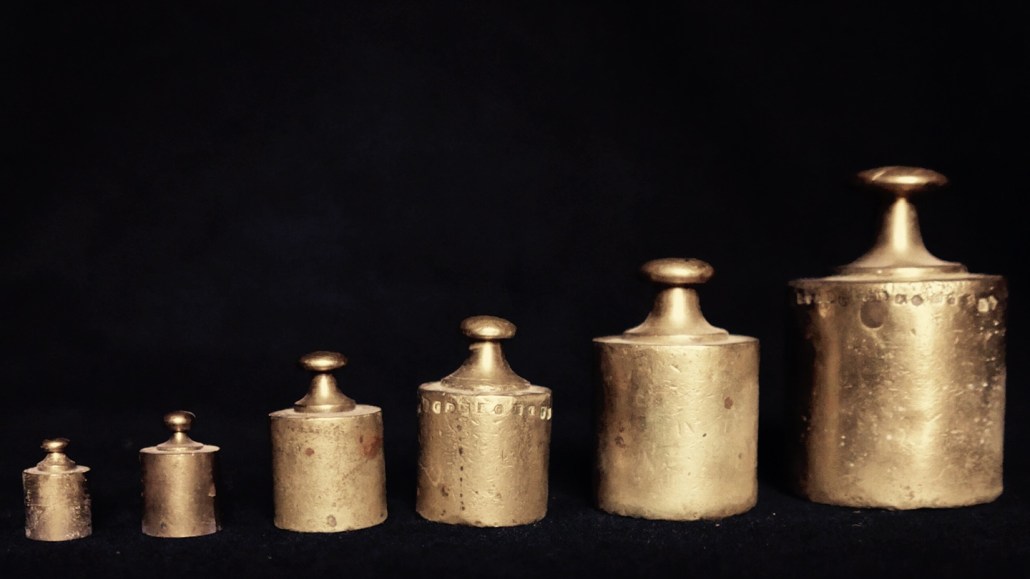
To handle an exponential growth in data, the metric system is getting its first update in three decades Based on the measuring system's new prefixes, Earth’s mass is about six ronnagrams. That’s a six followed by 27 zeroes.
Bernard Van Berg/EyeEm/Getty Images






